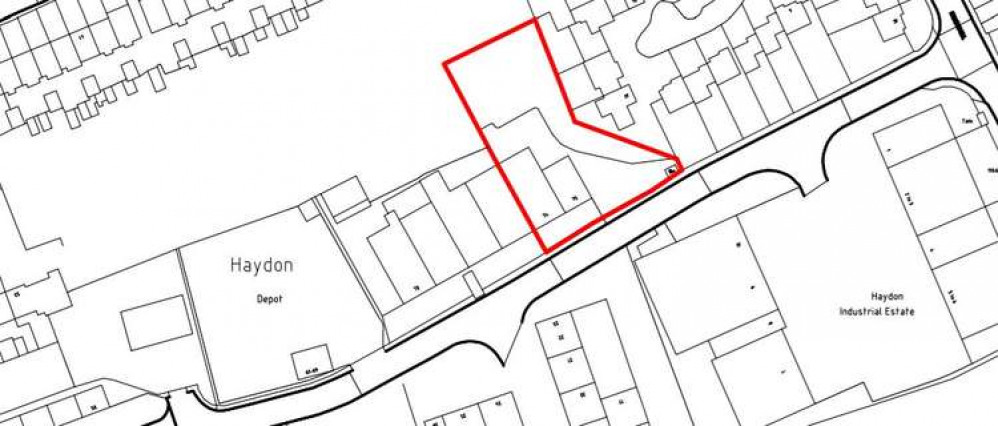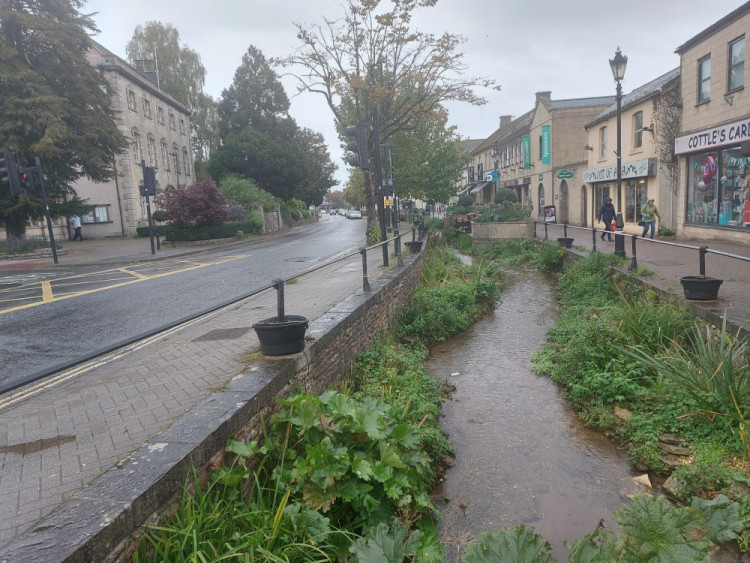Planning news in and around Midsomer Norton this week


Planning news in and around Midsomer Norton this week include:
In Haydon, an application to build a new storage unit at Unit 75, on the Haydon Industrial Estate, in Radstock. Details under reference 22/00273/FUL. The application has been put in on behalf of M Edwards and relates to land adjacent the estate alongside a unit is an industrial unit with B2 use. The unit consists of profiled metal cladding to external walls and roof and metal roller shutter doors.
An application to reduce the size of a Silver Birch at Ailsa Craig, 21 Meadow View, in Radstock, 22/00266/TCA.
An application is in from Endersley, on Welton Road, in Westfield, to cut and trim a Goat Willow and remove four Lawson Cypress Pine trees. Details under 22/00244/TCA.
Planning decisions made this week include:
An application in High Littleton has been withdrawn. Poultry Houses, on Langfords Lane, High Littleton, (under application 21/04713/FUL) had applied to demolish buildings on the site ( in association with parallel Class Q) prior notification in order to apply for planning to convert the agricultural building into five homes.
Homeowners of 20 Bath Road, in Peasedown St. John have been given planning permission to build a rear extension to their house.
And a revised proposal for a barn conversion at Crewcroft Barn, on Hinton Hill, in Hinton Charterhouse, has been permitted. 21/04569/FUL
Meantime : The Local Democracy Reporter has written that radical plans to shake up transport in Bath to cut carbon emissions do not include building a ring road around the city centre, a top officer has confirmed.
Principal transport planner Nick Simons offered the clarity after eyebrows were raised by a comparison with the largely flat Belgian city of Ghent, which has a ring road and a tram network.
Traffic accounts for a third of emissions and he said Bath and North East Somerset Council needs to act fast to hit its target of making the district net zero by 2030
Measures revealed last week include dividing the city centre into four "cells" and limiting traffic flow between them, reallocating road space for walking and cycling with segregated bike lanes, the rollout of the next generation of liveable neighbourhoods and work to allow schoolchildren to travel independently.
Speaking on a webinar on the council's journey to net zero consultation, Mr Simons said the traffic cells proposals were only at an early stage and modelling would assess the impact on the wider network, including the development of a circulation plan.
"There are no proposals to start building new roads or a ring road. Ghent is a different city," he said.
"We did draw that comparison but it wasn't our intention to draw a direct comparison. It was more about what could be achieved if you put certain schemes in place.
"The journey to net zero is a package of measures.
"It's not just about restricting traffic in our city centre. It's about making cycling routes better, making pedestrian environments better, improving buses, potentially a mass transit scheme, liveable neighbourhoods making it nice to cycle and walk.
"Traffic cells are a longer term scheme. We're looking to create a lot more capacity on the roads by removing traffic. At the moment 50,000 vehicles start and end within Bath.
"If we can get those off the road and people walking and cycling in the city by making those modes more attractive it frees up road space so traffic can go round the city and not have to travel into it."
The proposals were developed in response to a consultation last year that attracted fewer than 1,000 responses and showed support for better public transport with integrated ticketing, upgrading the city's park and rides, and better cycling and walking infrastructure.
Asked by a resident how the council would balance green issues against the "inevitable damage" to the city's tourism economy, Mr Simons said: "We're probably damaging our economy quite significantly with the amount of cars in the city centre.
"We have a significant number of tourists who say 'isn't Bath such a lovely place, what a shame about the traffic'. It's a comment we always get from people visiting. "I don't see that the changes we're putting in place will have a detrimental impact. "We hope the improvements will make it easier to travel around the city, it will be cleaner, there will be more information, there will be more signposting. "We aren't expecting it to damage the tourist economy." Mr Simons said business cases for the proposals will look in detail at the economic impacts. Councillor Sarah Warren, the cabinet member for sustainable travel, said: "There are European cities that have already been down this road. Amsterdam and Copenhagen in the 1970s were as heaving with congestion as Bath now is. "I don't think we would say that moving to greener forms of transport has damaged their tourist economy." Mr Simons said an "unprecedented" level of funding was available to improve the network for everyone's benefit, adding: "We can expect more bus facilities, new walking and cycling routes, better maintained roads, more joined-up working between us and Weca. "It's exciting times. There's a lot of funding available." The council's £129million share of a £540million transport settlement was due to be signed off by cabinet members on January 26.
CHECK OUT OUR Jobs Section HERE!
midsomernorton vacancies updated hourly!
Click here to see more: midsomernorton jobs
Share:




